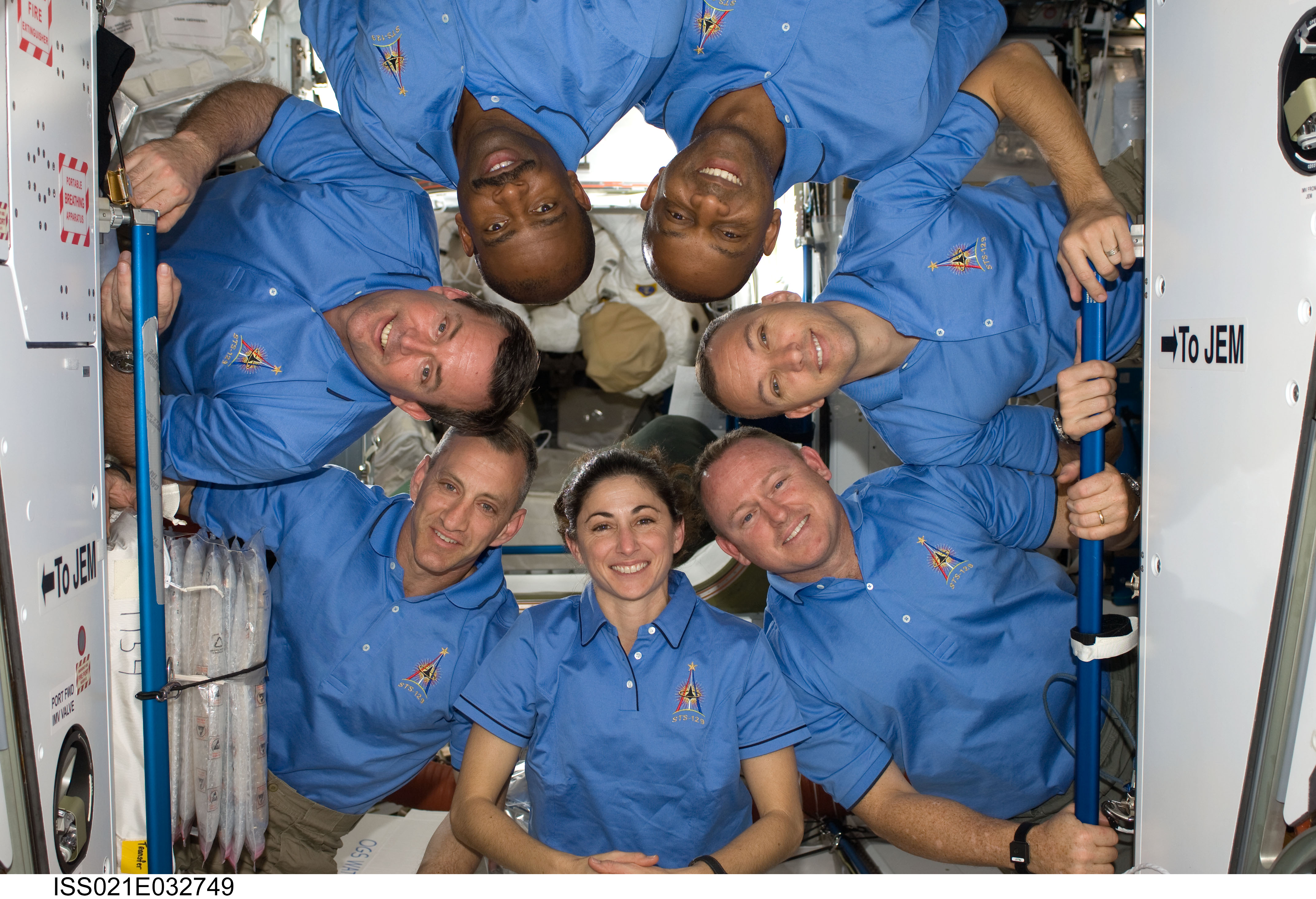STS-34
STS-34 deployed Galileo, a Jupiter probe.
Orbiter
mission duration
Launch
Landing

Mission Facts
Mission: Galileo; Shuttle Solar Backscatter Ultraviolet Experiment
Space Shuttle: Atlantis
Launch Pad: 39B
Launch Weight: 257,569 pounds
Launched: October 18, 1989, 12:53:40 p.m. EDT
Landing Site: Edwards Air Force Base, Calif.
Landing: October 23, 1989, 9:33:01 a.m. PDT
Landing Weight: 195,954 pounds
Runway: 23
Rollout Distance: 9,677 feet
Rollout Time: 60 seconds
Revolution: 79
Mission Duration: 4 days, 23 hours, 39 minutes, 21 seconds
Returned to KSC: October 29, 1989
Orbit Altitude: 185 nautical miles
Orbit Inclination: 34.3 degrees
Miles Traveled: 2 million
Crew
Donald E. Williams, Commander
Michael J. McCulley, Pilot
Shannon W. Lucid, Ph.D., Mission Specialist
Franklin Chang-Diaz, Ph.D., Mission Specialist
Ellen S. Baker, M.D., Mission Specialist
Launch Highlights
The launch set for October 12 was rescheduled due to a faulty main engine controller on number the two main engine. The launch set for October 17 was rescheduled due to weather constraints for a return-to-launch-site landing at KSC’s Shuttle Landing Facility.
Mission Highlights
The primary payload, Galileo/Jupiter spacecraft and attached Inertial Upper Stage (IUS), was deployed six hours, 30 minutes into the flight. IUS stages fired, placing Galileo on trajectory for six-year trip to Jupiter via gravitational boosts from Venus and Earth and possible observational brushes with asteroids Gaspra and Ida. Secondary payloads included Shuttle Solar Backscatter Ultraviolet (SSBUV) experiment carried in cargo bay, and in crew cabin, Growth Hormone Crystal Distribution (GHCD); Polymer Morphology (PM), Sensor Technology Experiment (STEX); Mesoscale Lightning Experiment (MLE); IMAX camera; Shuttle Student Involvement Program (SSIP) experiment that investigated ice crystal formation in zero gravity; and ground-based Air Force Maui Optical Site (AMOS) experiment.
STS-34
Shuttle News
Retired Space Shuttle Locations
Shuttle Atlantis – Kennedy Space Center Visitor Complex Shuttle Discovery – Steven F. Udvar-Hazy Center Shuttle Endeavour – California Science…
Read the Story




































